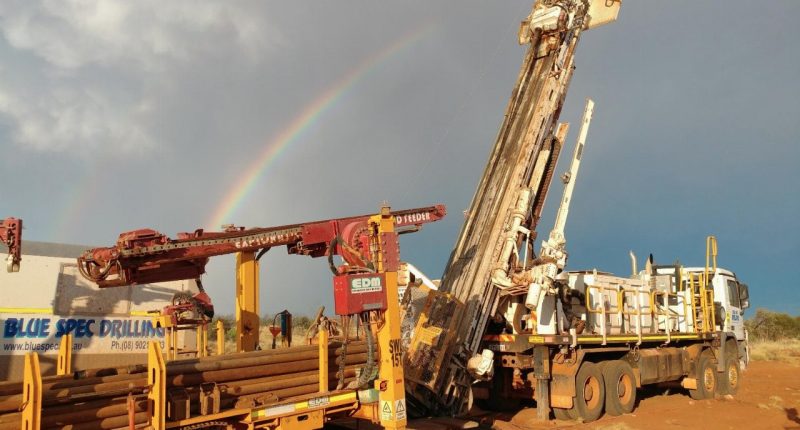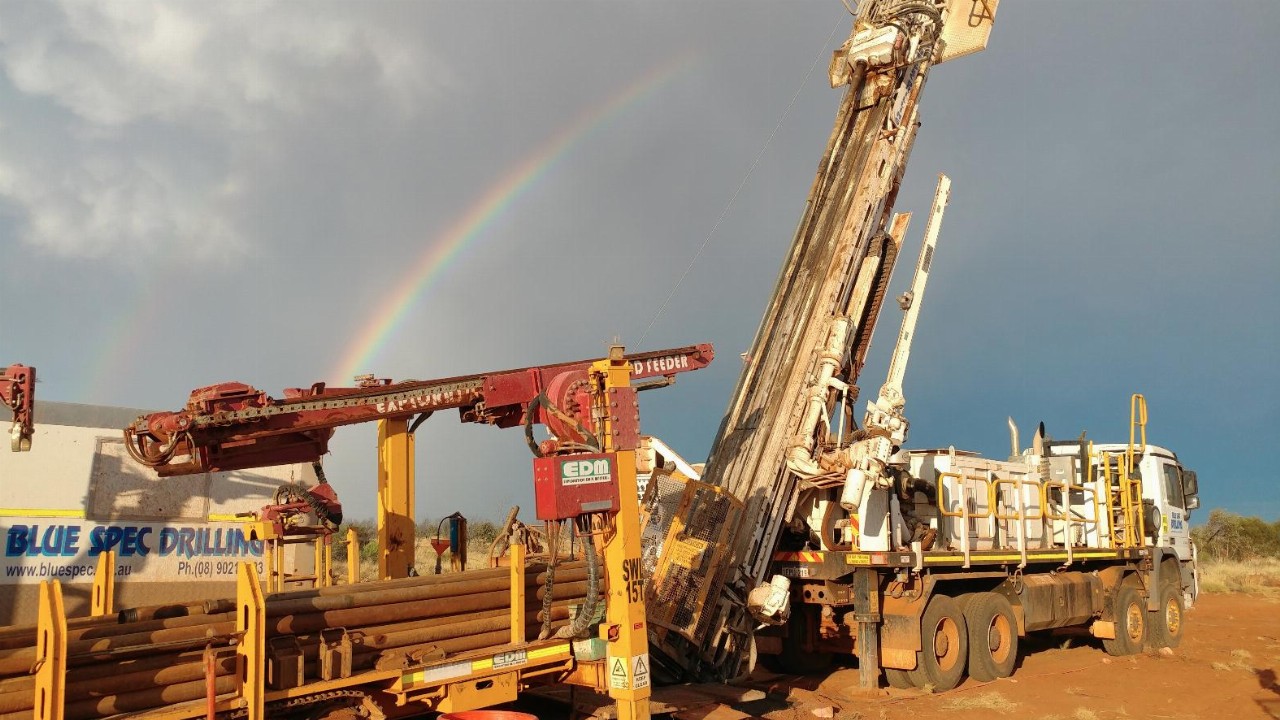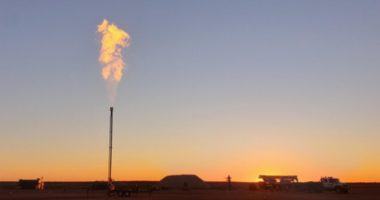- Great Boulder Resources (GBR) receives the remaining assays from reverse circulation drilling at the Side Well Gold Project in Western Australia
- The phase four drilling campaign comprised ten RC drill holes, with results confirming GBR’s theory of the orientation of stacked, west-dipping high grade quartz veins
- Phase five drilling has been completed with assays expected in ten weeks
- Moving forward, the company is planning a 3D induced polarisation survey to test the chargeability response of disseminated pyrite observed in the RC holes
- Shares have been trading 3.6 per cent higher at 14.5 cents
Great Boulder Resources (GBR) has received the remaining assays from reverse circulation drilling at the Mulga Bill prospect within the Side Well Gold Project in Western Australia.
The company’s phase four drilling campaign comprised ten RC drill holes completed in early to mid-September, with three holes drilled back towards the east to test GBR’s new theory of west-dipping high-grade veins.
The latest results included nine metres at 24.19 grams of gold per tonne (g/t) from 193 metres to end of hole, including one metre at 184.78 g/t Au from 193 metres.
Great Boulder is particularly encouraged with this intersection, which it said appears to be
shear-related mineralisation rather than the flat-dipping, pyrite rich quartz vein-hosted mineralisation seen in previous high-grade holes further north.
Subsequently, the company plans to undertake diamond drilling in this area to gain structural and stratigraphic data.
Additionally, drilling intersected three metres at 24.05 g/t from 117 metre in another drill hole.
All up, the company said the results confirm the orientation of stacked, west-dipping high-grade quartz veins which were first observed during earlier diamond core drilling.
A phase five program, comprising 41 holes for 7822m over five weeks, has also been completed in this area and GBR said the turn-around time for assays is 10 weeks.
Moving forward, the company is awaiting assays from multiple programs and once all are received the results will assist in planing ongoing work in 2022.
In particular, Great Boulder is planning to undertake a 3D induced polarisation survey over Mulga Bill this month to test the chargeability response of disseminated pyrite that has been observed in a number of RC holes. GBR hopes the IP data will be useful as a targeting tool for mineralisation related to disseminated sulphides.
Shares were trading 3.6 per cent higher at 14.5 cents at 10:17 am AEDT.








